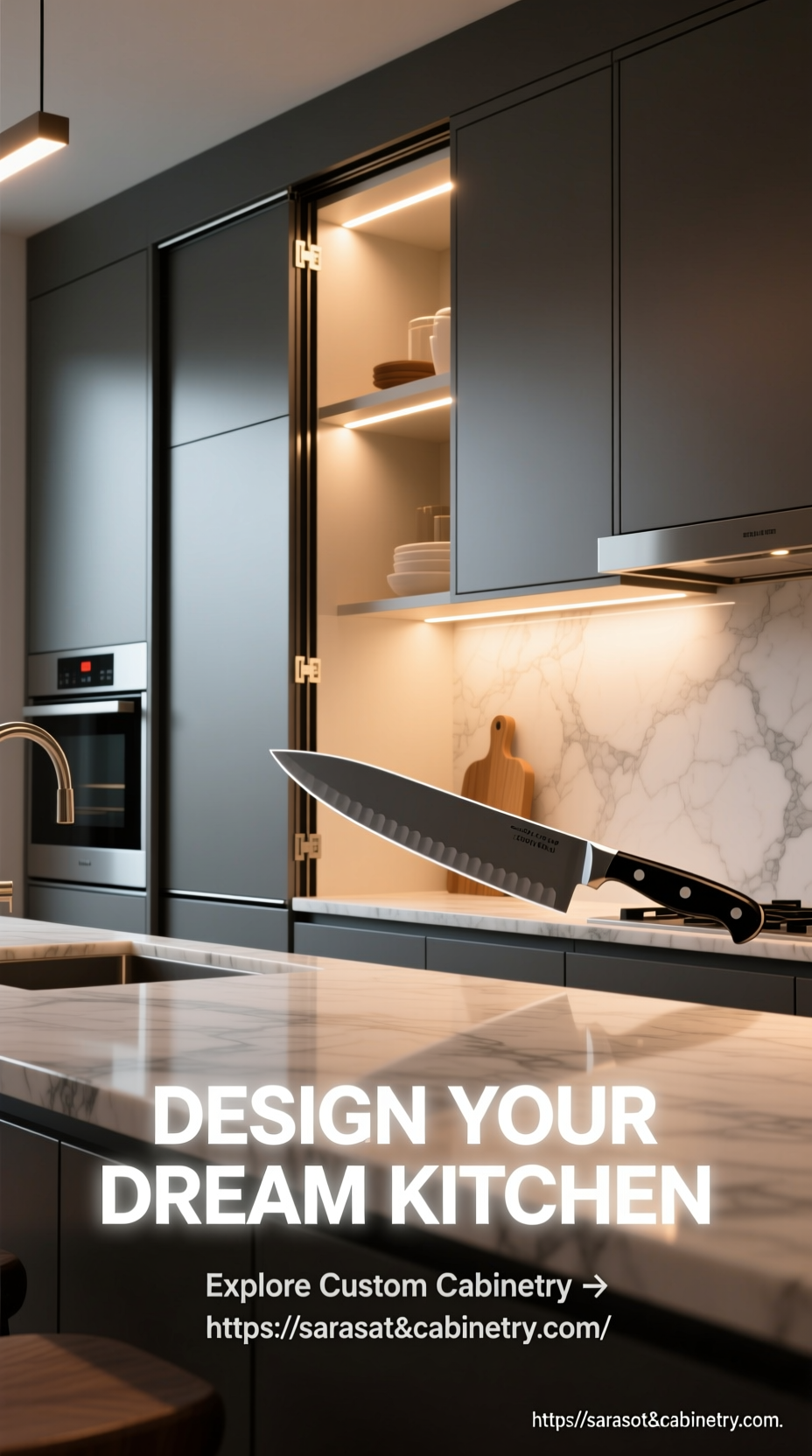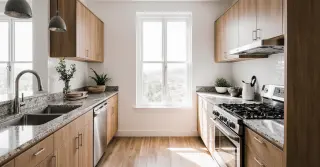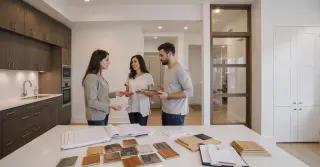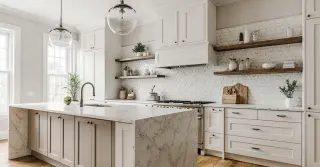Cost Of Updating Kitchen Cabinets
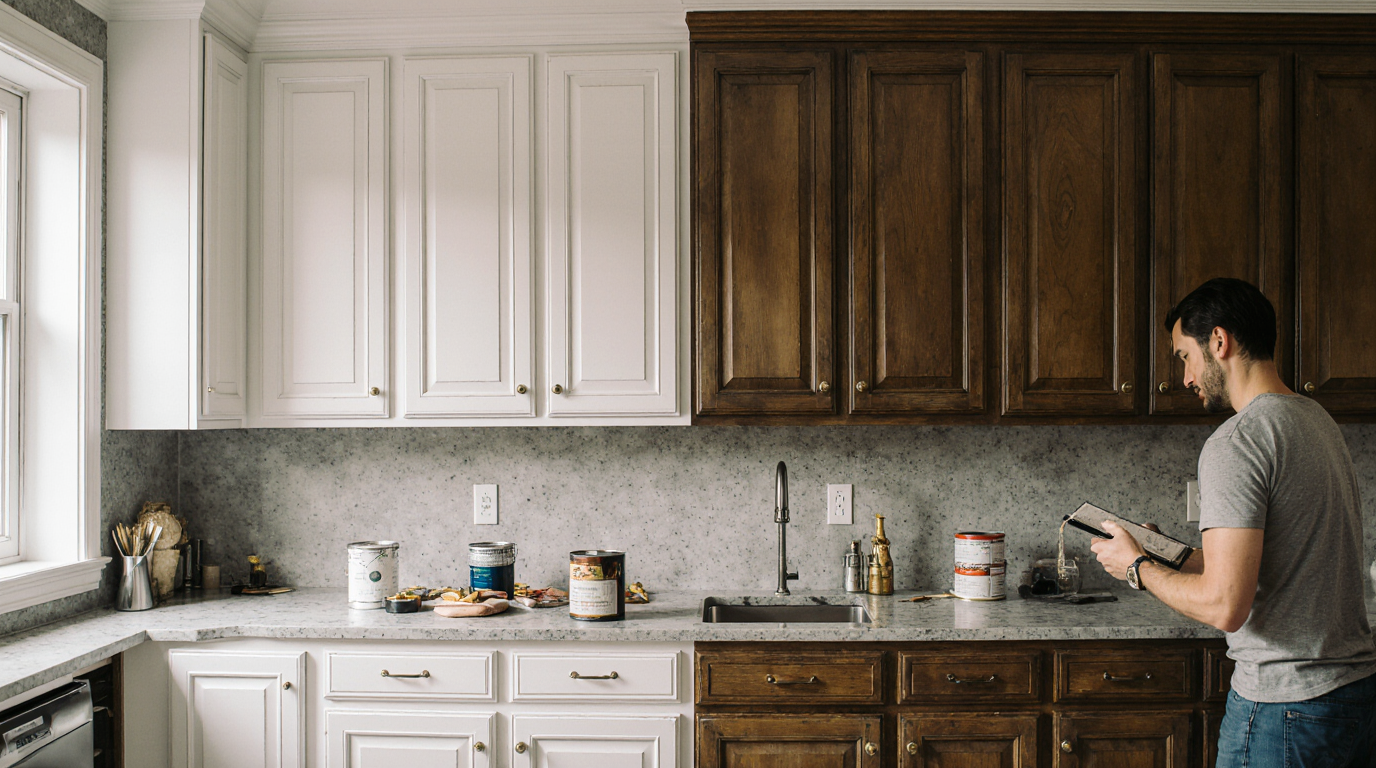 Real Price of Updating Kitchen Cabinets: Insights Every Property Owner Should Know Before Renovation
Real Price of Updating Kitchen Cabinets: Insights Every Property Owner Should Know Before Renovation
Updating kitchen cabinets can completely transform the atmosphere of a home, providing an tired kitchen with a modern, elegant appearance without requiring a full renovation. The cost of updating kitchen cabinets varies widely, depending on factors such as materials chosen, kitchen size, and cabinet condition. Understanding these costs helps homeowners make informed decisions while maximizing value gained, as kitchen upgrades consistently enhance overall property value.
Plenty of homeowners initiate their project by exploring cabinet refinishing, which remains among the most affordable ways to renew a kitchen. The process typically includes sanding, priming, and restaining or staining existing cabinet surfaces. For people whose cabinets are sound and sturdy yet aesthetically old-fashioned, refinishing can cost between $1,500 and $4,000 for an average kitchen. Choosing high-quality paints and hiring professionals ensures durability, with a smooth, professional appearance. While this is a lower-cost option, it still demands skilled labor for long-lasting results.
Another popular method is cabinet refacing, which offers a new look at a fraction of replacement cost. Refacing involves swapping out cabinet doors and drawer fronts and covering the existing boxes with wood panels. Generally, costs fall between $4,000 and $9,000, depending on material used—wood veneer being more expensive than laminate. This method modernizes style, color, and hardware without full replacement. It takes less time and causes minimal disruption compared to full remodels.
For homeowners seeking a complete transformation, cabinet replacement is the most extensive and costly option. Costs typically range between $8,000 and $20,000 or beyond that based on finish quality. Stock cabinets are more affordable, while semi-custom and custom models offer superior fit and features. Custom cabinetry typically features advanced elements such as soft-close drawers, pull-out shelves, and integrated lighting, making it both functional and luxurious.
Material choice greatly influence the total cost. Solid woods such as oak, cherry, and maple are long-lasting but demand a premium price. Laminate and medium-density fiberboard serve as affordable alternatives that resemble wood finishes. Environmentally friendly materials such as reclaimed wood are frequently chosen, adding natural charm to the kitchen environment.
Labor costs and craftsmanship also influence total expenses. Hiring professionals ensures precision and durability. While DIY projects can save money at first, they risk chipping paint. Expert refinishing ensures higher value through expertise. Hardware and accessories also impact both design and cost. Upgrading handles and hinges or adding organizers elevates style and functionality. Luxury options like brushed nickel fittings carry higher prices yet add sophistication. Average costs for hardware upgrades fall between $200–$600, a minimal cost with a significant design payoff.
Location and market trends influence cost too. Homeowners in urban areas typically pay 10–20% more due to higher labor rates. Getting multiple quotes ensures transparency and fair pricing. Changing layouts increases project costs. Relocating key elements adds costs and demands coordination between contractors. Preserving the original layout helps save costs, yet long-term redesigns increase functionality and resale.
Return on investment is a major factor. Kitchen remodels can return around 75% of their cost at resale, placing them among the most profitable remodeling choices. Upgraded kitchens attract prospects, boosting both property worth and buyer interest. Timing and planning influence savings. Scheduling updates during off-peak seasons may reduce labor costs. Ordering supplies ahead of time or on discount saves costs. Planning for lighting upgrades avoids unexpected expenses and delays.
Modern style trends shape design and cost decisions. Flat-front minimalist cabinets and two-tone finishes dominate modern kitchens. Timeless designs provide better long-term value.
Understanding the true cost of updating kitchen cabinets helps homeowners balance budget, design, and durability. Regardless of whether you repaint, resurface, or replace, each approach offers unique benefits. Partnering with professionals ensures the best results while adding property value. The kitchen is more than just a functional space—it’s the emotional core of the home. Spending wisely on cabinet updates enhances aesthetic and daily utility. With quality materials and expert planning, homeowners achieve timeless transformations.

